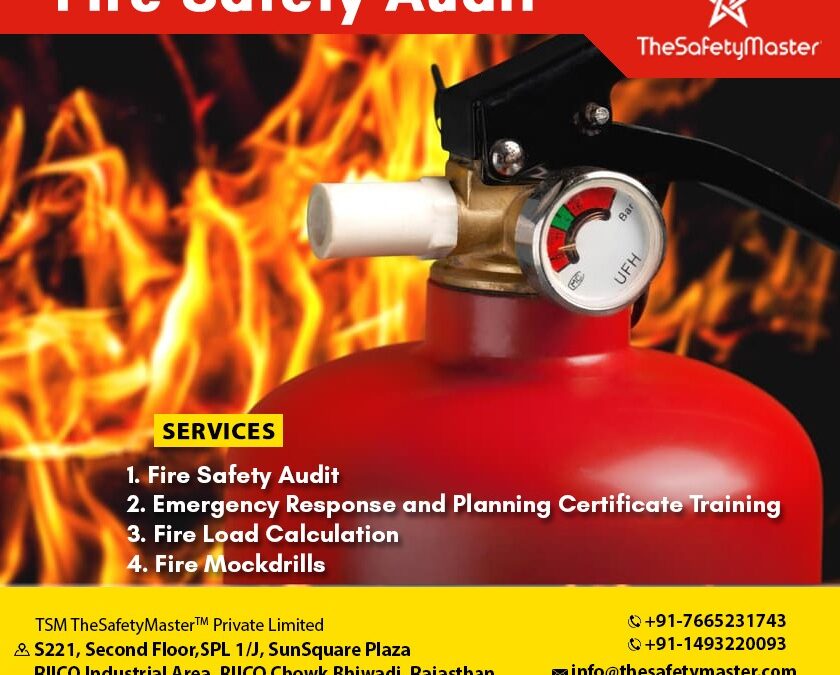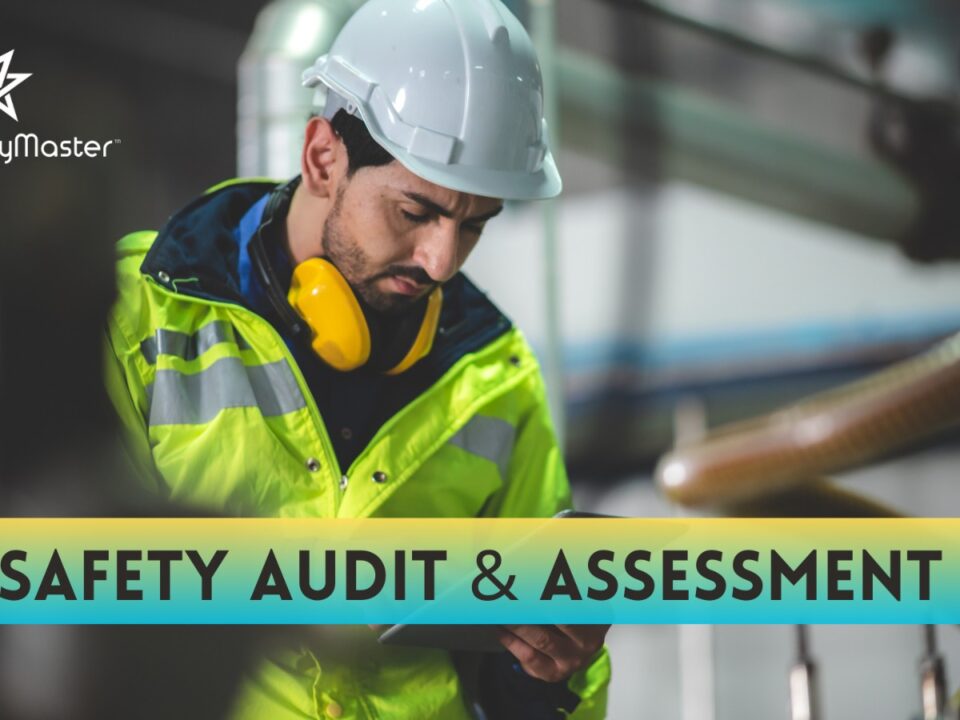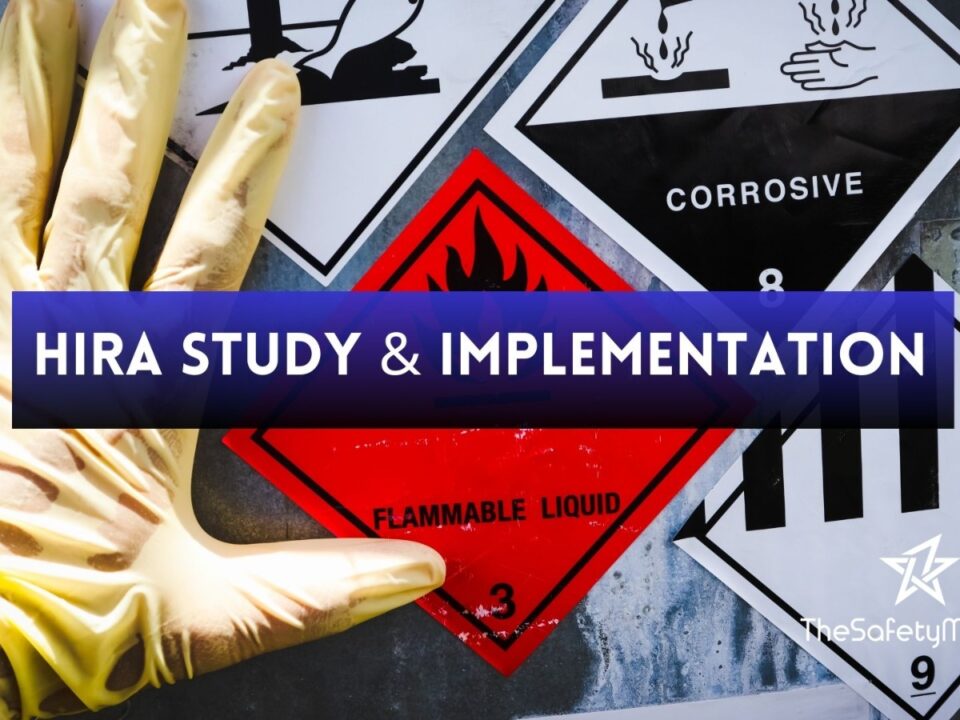Navigating Fire Risk Assessment: Strategies for Safety Mastery

From Audit to Management: Mastering Fire Safety and Risk Assessment
September 29, 2023
Electrical safety regulations in India
October 5, 2023When it comes to ensuring the safety of individuals and protecting valuable assets, fire risk assessment is a pivotal practice. This comprehensive process involves evaluating potential fire hazards and determining the associated risks. The goal is to develop strategies that not only prevent fires but also minimize their potential impact.
Understanding Fire Risk Assessment
- Fire Audit: The journey towards mastering fire safety begins with a fire audit. This audit involves a thorough examination of existing fire safety measures within a building or facility. It identifies areas of improvement and evaluates the efficacy of current protocols.
- Fire Safety Audit: A fire safety audit delves deeper into the built-in fire risks associated with routine activities. This audit provides insights into the effectiveness of fire prevention measures. It recommends changes and enhancements to ensure a higher level of safety.
- Fire Risk Assessment: Fire risk assessment is a proactive process that aims to identify potential fire hazards and evaluate the likelihood and consequences of fires. This assessment provides a systematic approach to address fire risks comprehensively.
Strategies for Safety Mastery
- Identification of Fire Hazards: The first step is identifying potential fire hazards within a premises. This includes analyzing factors such as combustible materials, faulty wiring, and inadequate fire suppression systems.
- Evaluation of Risk: Once hazards are identified, the next step is to evaluate the risk they pose. This involves assessing the likelihood of a fire occurring and the potential consequences, including harm to occupants and damage to property.
- Mitigation Measures: Based on the evaluation, mitigation measures are implemented. This may include upgrading fire safety equipment, improving evacuation plans, and conducting regular drills.
- Compliance with Regulations: Fire safety regulations and codes play a crucial role in safety management. Ensuring compliance with these standards enhances overall fire safety.
- Continual Assessment: Fire risk assessment is not a one-time process. It requires continual assessment and updates to adapt to changing circumstances and potential new hazards.
Benefits of Fire Risk Assessment
- Prevention: Proactive measures based on fire risk assessments prevent fires from occurring in the first place.
- Safety: Occupant safety is a top priority. Fire risk assessment helps ensure quick and orderly evacuations during emergencies.
- Property Protection: By identifying potential fire hazards, organizations can safeguard valuable assets and property.
- Legal Compliance: Adhering to fire safety regulations and codes keeps organizations compliant with legal requirements.
In conclusion, mastering fire safety through effective fire risk assessment involves a meticulous examination of potential hazards, evaluating risks, and implementing strategies for prevention and safety. Fire audits and safety assessments should be conducted regularly to keep up with changing circumstances and ensure a safe environment for everyone.
Remember, fire safety is a shared responsibility, and by navigating the complexities of fire risk assessment, you contribute to a safer and more secure future.



